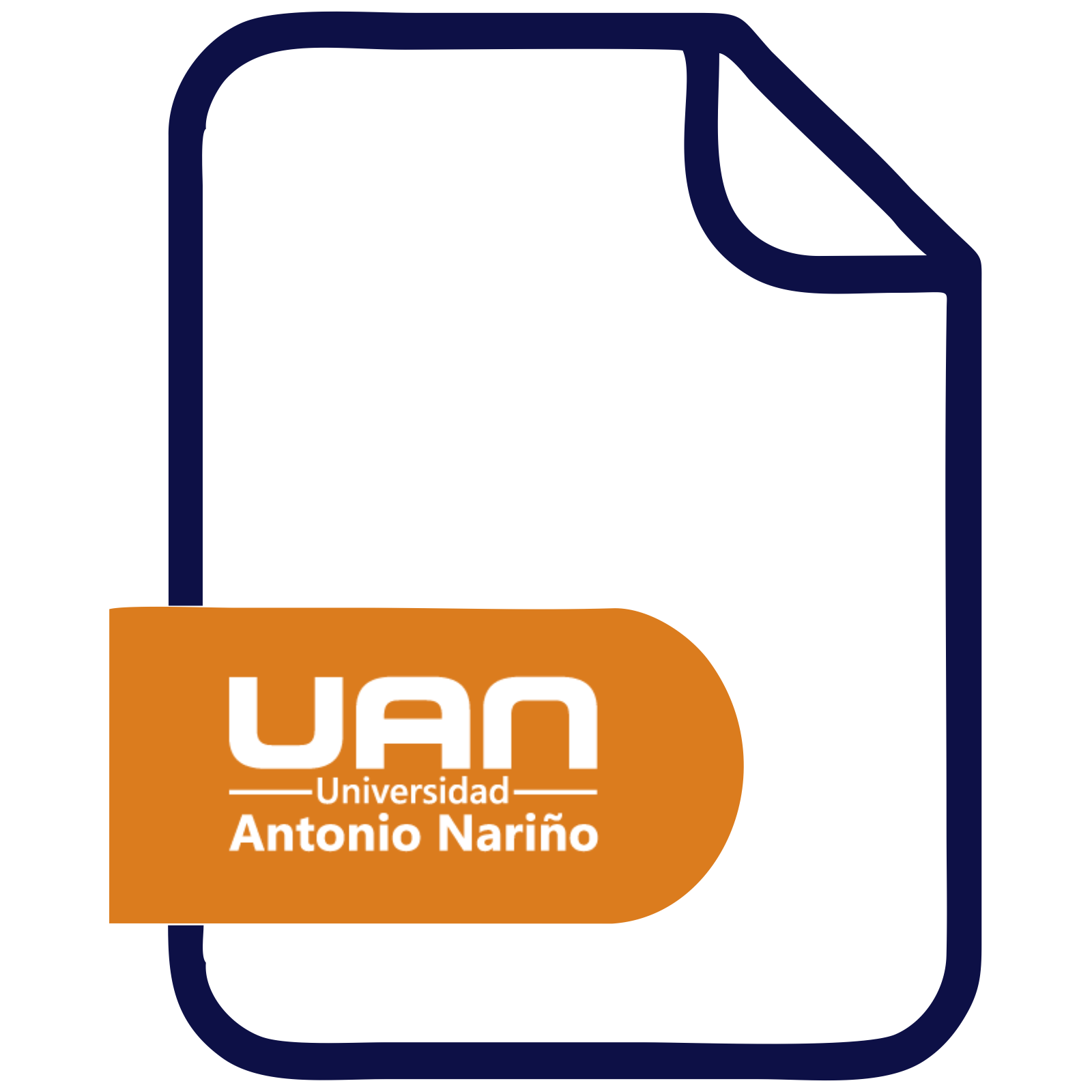Por favor, use este identificador para citar o enlazar este ítem:
http://repositorio.uan.edu.co/handle/123456789/2528> Repositorio UAN
Repositorio UANComunidades y ColeccionesTitulosMateriasAutoresFecha de publicacion
Mi CuentaAccederRegistro
Mi CuentaAccederRegistro
| Título : | Estudio de propiedades mecánicas de un material compuesto de matriz en polipropileno con fibra de guadua y polvo de cerámica. |
| metadata.dc.creator: | Pineda Daza, Yeisy Lisseth |
| metadata.dc.contributor.advisor: | Salamanca Cárdenas, Jefferson David |
| Palabras clave : | Material compuesto;Guadua angustifolia;Polvo de cerámica;Polipropileno |
| Resumen : | The use of naturally occurring fibers as a reinforcement in Composite Materials (CM) has been taking hold in recent years. In this case, it is a recycled CM with polypropylene matrix (PP) from lids of different packaging of everyday consumer products; for reinforcement, it was chosen to use natural Guadua Angustifolia fiber and tenacious ceramic powder. The Guadua fiber was obtained under drying conditions and immunized according to the process of the company that distributes it, to reduce its moisture and to prevent the appearance of fungi and lichens, allowing a correct adhesion with the matrix. Tenacious ceramic powder is also a recycled material, it was obtained from ceramic floors that were crushed and sprayed before insertion into the CM. The proportions used to manufacture the MC specimens were: one with 100% PP and others with different composition of the MC, where the PP matrix remained with 60%, and the reinforcement materials were combined in the following proportions, obtaining three samples as well: one with 30% fiber and 10% ceramic, another with 33% fiber and 7% ceramic and one last with 35% fiber and 5% ceramic. Once the CM specimens were obtained, mechanical, voltage tests according to ASTM 638D for polymers were performed and bending with ASTM 790D for reinforced plastics. The results obtained were analyzed, finding that the PP stress elasticity module increased by 53.49 % by adding guadua by 35% and ceramic by 5%; in such a way that, it is allowed to continue more studies of the CM with different percentages, modifying the alignment of the fiber and by using the other types of guadua that can be found in the country. |
| metadata.dc.description.tableofcontents: | El uso de fibras de origen natural como refuerzo en Materiales Compuestos (MC por sus siglas en español), ha venido tomando fuerza en los últimos años. En este caso se tiene un MC con matriz de polipropileno (PP por sus siglas en inglés y español) reciclado, proveniente de tapas de diferentes envases de productos de consumo diario; para el refuerzo se eligió usar fibra natural de guadua angustifolia y polvo de cerámica tenaz. La fibra de guadua se obtuvo en condiciones de secado e inmunizado de acuerdo con el proceso de la empresa que la distribuye, esto con el fin de reducir su humedad y evitar la aparición de hongos y líquenes, lo que permite una correcta adherencia con la matriz. El polvo de cerámica tenaz también es un material reciclado, se obtuvo de pisos de cerámica que se trituraron y pulverizaron previamente a la inserción al MC. Las proporciones usadas para fabricar las probetas del MC fueron: una con 100 % de PP y otras con diferente composición del MC, donde la matriz de PP se mantuvo con el 60%, y se combinaron los materiales de refuerzo en las siguientes proporciones, obteniendo tres muestras así: una con 30% fibra y 10% cerámica, otra con 33% fibra y 7% cerámica y una última con 35% fibra y 5% cerámica. Una vez obtenidas las probetas del MC, se realizaron los ensayos mecánicos, de tensión según la norma ASTM 638D para polímeros, y de flexión con la norma ASTM 790D para plásticos reforzados. Se analizaron los resultados obtenidos, encontrando que, el módulo de elasticidad a tensión del PP aumentó en un 53.49% al adicionarle guadua en un 35% y cerámica en un 5%; de tal manera que, se permite dar continuidad a más estudios del MC con diferentes porcentajes, modificando la alineación de la fibra y usando los otros tipos de guadua que se pueden encontrar en el país. |
| URI : | http://repositorio.uan.edu.co/handle/123456789/2528 |
| Editorial : | Universidad Antonio Nariño |
| metadata.dc.publisher.campus: | Tunja |
| metadata.dc.publisher.faculty: | Facultad de Ingeniería Mecánica, Electrónica y Biomédica |
| metadata.dc.date.created: | 2020-06-03 |
| metadata.dc.rights.uri: | http://creativecommons.org/licenses/by-nd/3.0/us/ |
| Aparece en las colecciones: | Ingeniería electromecánica |
Ficheros en este ítem:
| Fichero | Tamaño | |
|---|---|---|
| 2020YeisyLissethPinedaDaza.pdf | 6.93 MB | Visualizar/Abrir |
| 2020AutorizaciòndeAutores.pdf Restricted Access | 511.18 kB | Visualizar/Abrir Request a copy |
Este ítem está sujeto a una licencia Creative Commons Licencia Creative Commons




